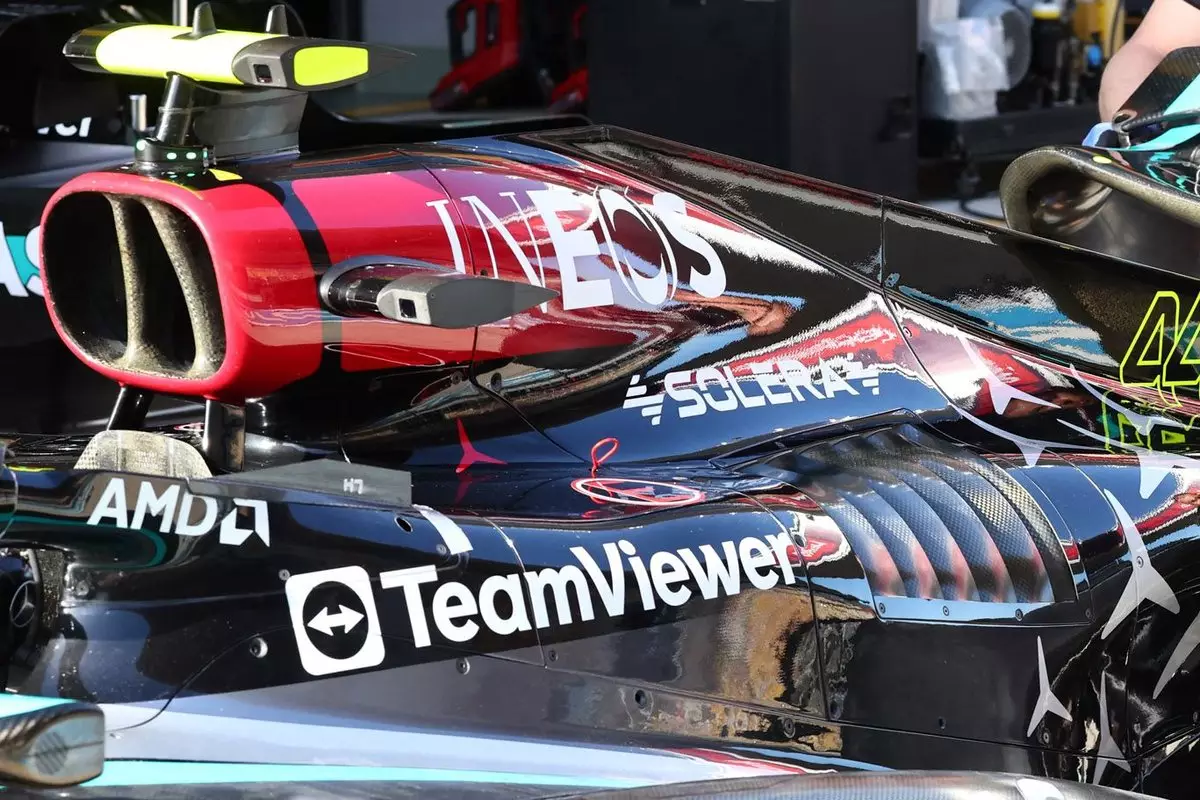Formula 1 teams are constantly striving to find ways to improve their cars’ performance on the track. While major development packages for sprint race weekends are often avoided due to limited track running, teams are still looking for innovative ways to gain an edge over their competitors. This weekend’s race in Shanghai has seen three teams making revisions to the area surrounding the driver and cockpit area, aiming to enhance aerodynamics and optimize airflow throughout the car.
Red Bull’s Approach
At Red Bull Racing, the team has focused on reshaping the headrest behind the driver’s helmet to better manage airflow separation in that particular area. This adjustment is expected to have downstream benefits by improving the overall aerodynamic efficiency of the car. While the change may seem small, it highlights the attention to detail and the importance of distributing airflow effectively around the vehicle.
Mercedes and Williams have both made changes to the halo area of their cars, with the goal of cleaning up airflow and optimizing performance. Mercedes has added small flicks on either side of the cockpit behind the Halo to generate small vortices that help control flow out of the cockpit. On the other hand, Williams has adjusted the geometry at the forward part of the halo to increase the angle of attack, improving airflow around the halo and minimizing losses within the cockpit area. These modifications are crucial in enhancing the airflow to the rear, ultimately boosting aerodynamic efficiency.
Importance of Cockpit Area
Dave Robson, Williams’ head of vehicle performance, emphasized the critical role of the cockpit area in distributing airflow effectively around the car. He noted that while the changes may appear minor, they can have a significant impact on the overall performance of the vehicle. The adjustments made by various teams highlight the significance of details in Formula 1 and the advantages of implementing cost-effective upgrades quickly.
Robson pointed out two critical factors regarding teams’ decisions to bring upgrades to the cockpit area. Firstly, it underscores the importance of paying attention to small details, as even minor changes can contribute to improved performance. Secondly, these upgrades represent a quick and relatively inexpensive way to enhance aerodynamics, providing teams with an efficient way to optimize their cars’ performance without major overhauls.
The efforts by Formula 1 teams to enhance aerodynamics in the cockpit area demonstrate their commitment to continuous improvement and innovation. By making subtle yet impactful changes to the design of their cars, teams can gain a competitive advantage on the track. The focus on details and the ability to implement cost-effective upgrades quickly highlight the dynamic and competitive nature of Formula 1 racing, where every small adjustment can make a significant difference in a team’s performance.


Leave a Reply